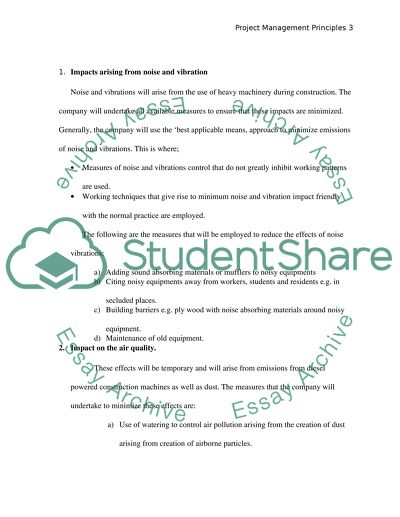Cite this document
(“Production Management Principles Assignment Example | Topics and Well Written Essays - 3000 words”, n.d.)
Retrieved from https://studentshare.org/engineering-and-construction/1395586-production-management-principles
Retrieved from https://studentshare.org/engineering-and-construction/1395586-production-management-principles
(Production Management Principles Assignment Example | Topics and Well Written Essays - 3000 Words)
https://studentshare.org/engineering-and-construction/1395586-production-management-principles.
https://studentshare.org/engineering-and-construction/1395586-production-management-principles.
“Production Management Principles Assignment Example | Topics and Well Written Essays - 3000 Words”, n.d. https://studentshare.org/engineering-and-construction/1395586-production-management-principles.


